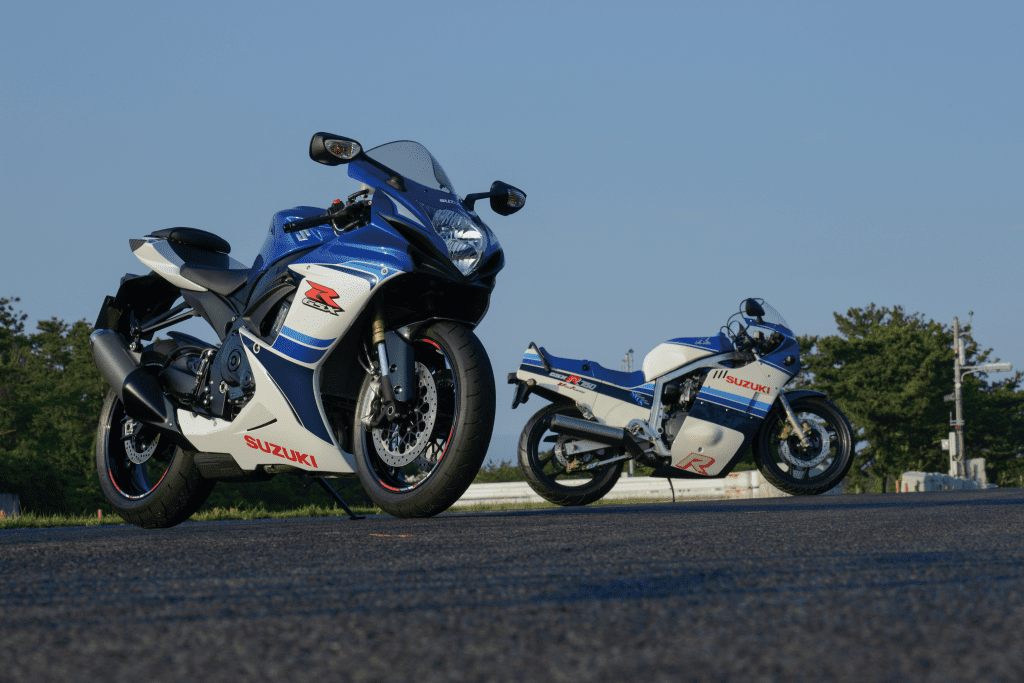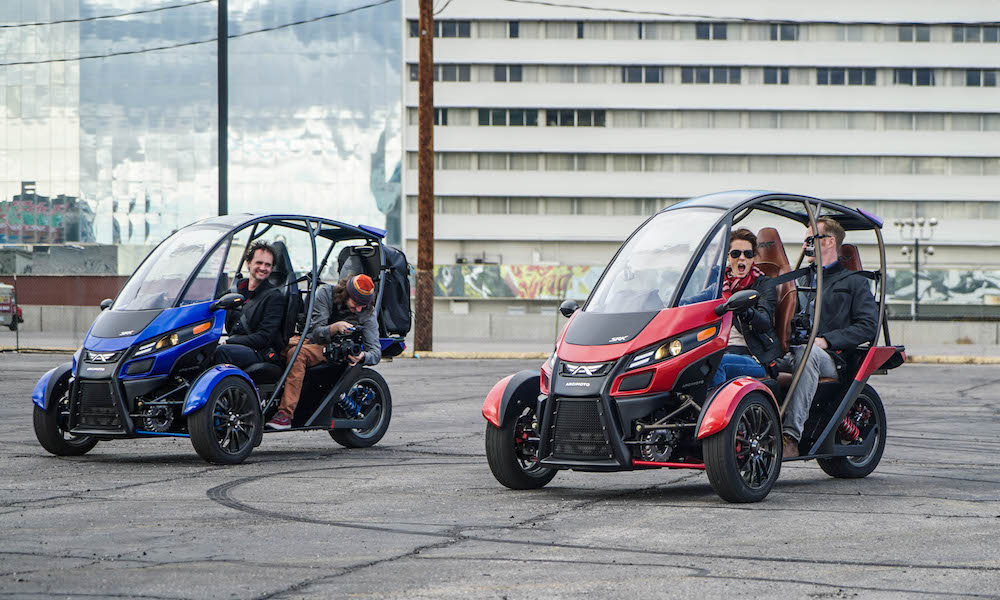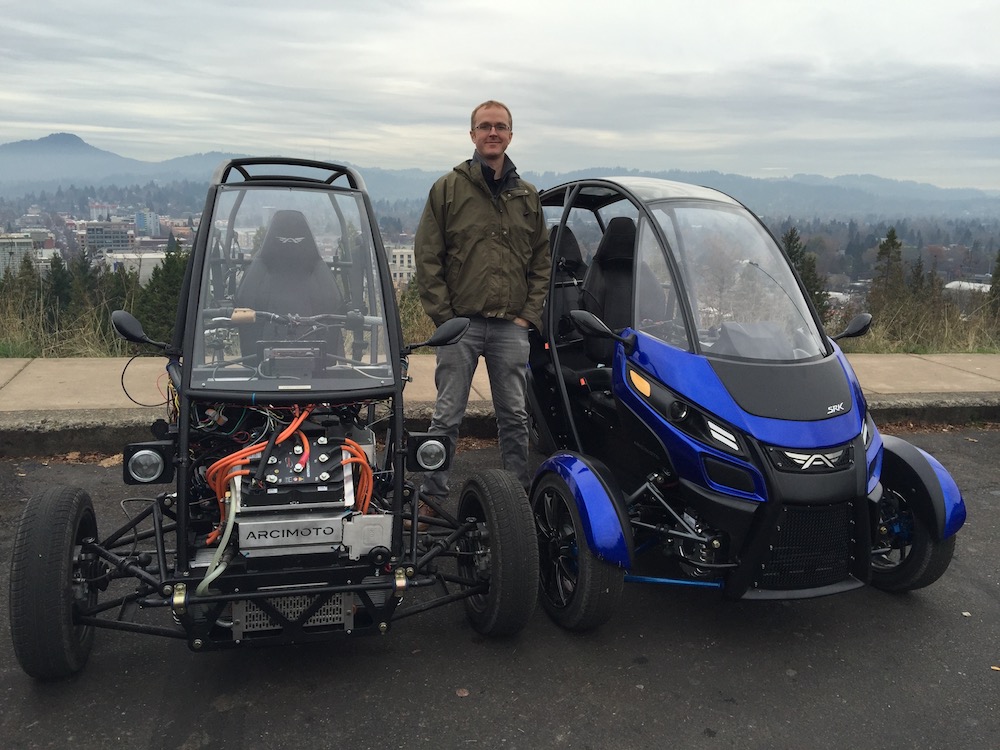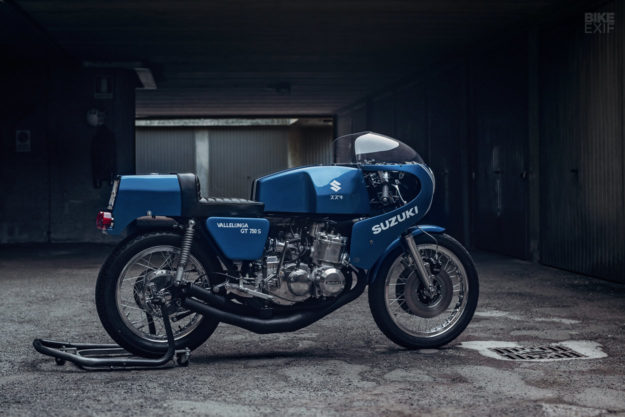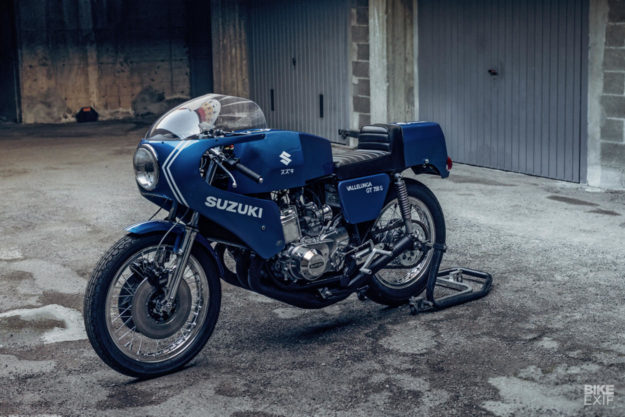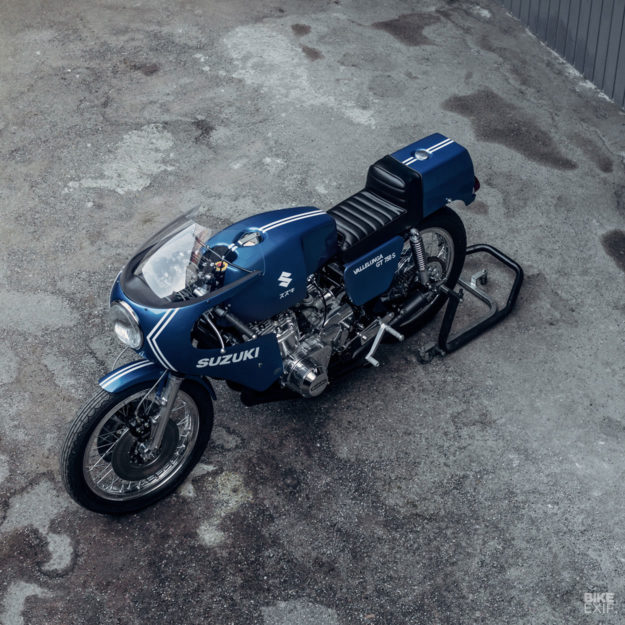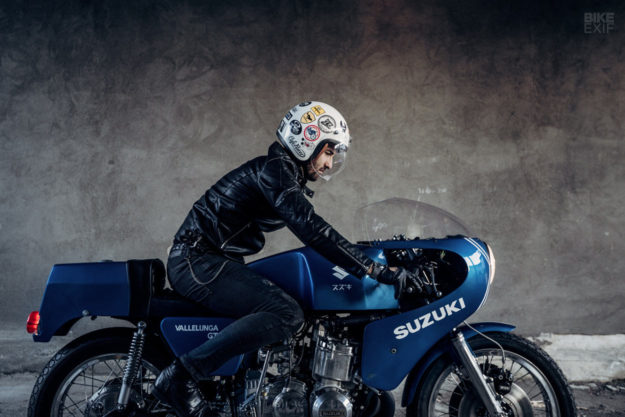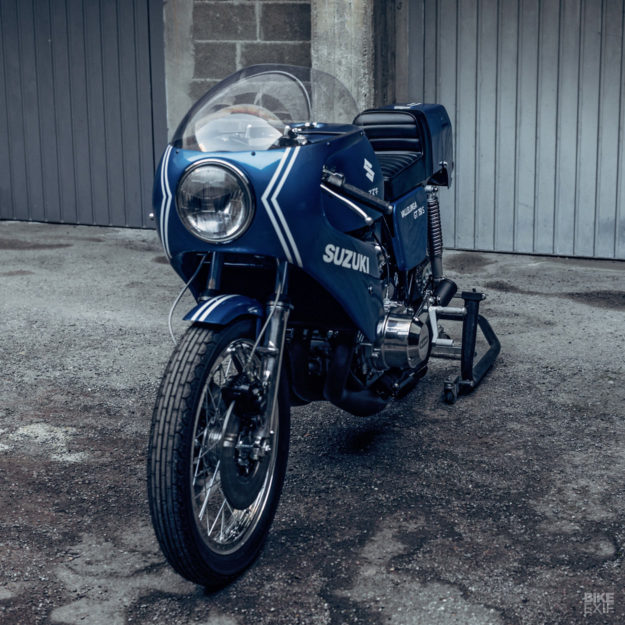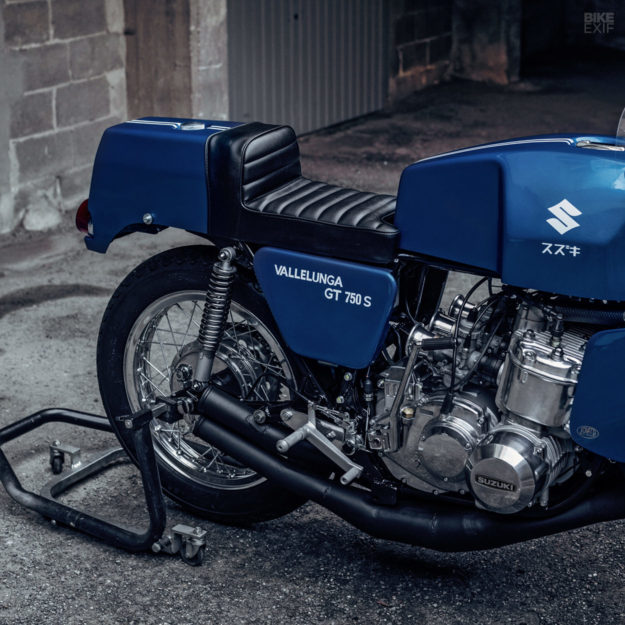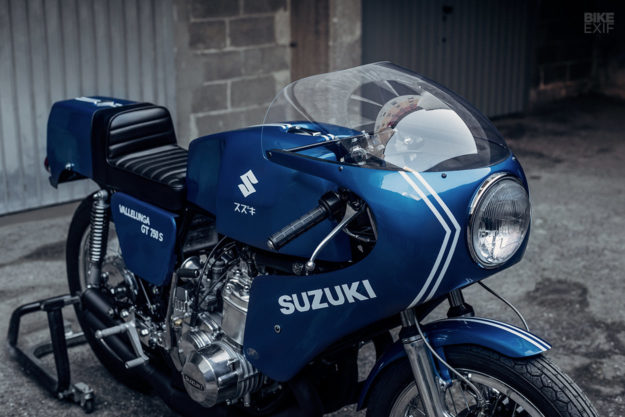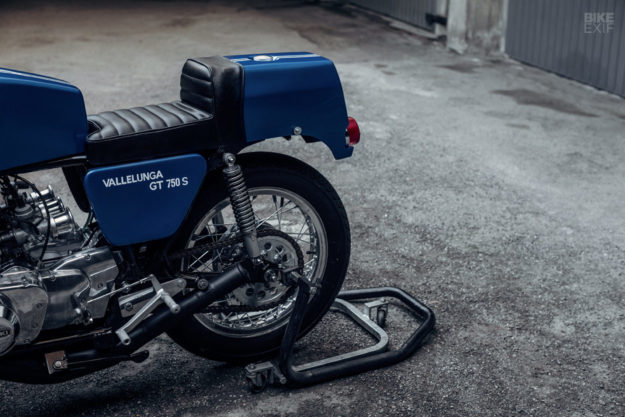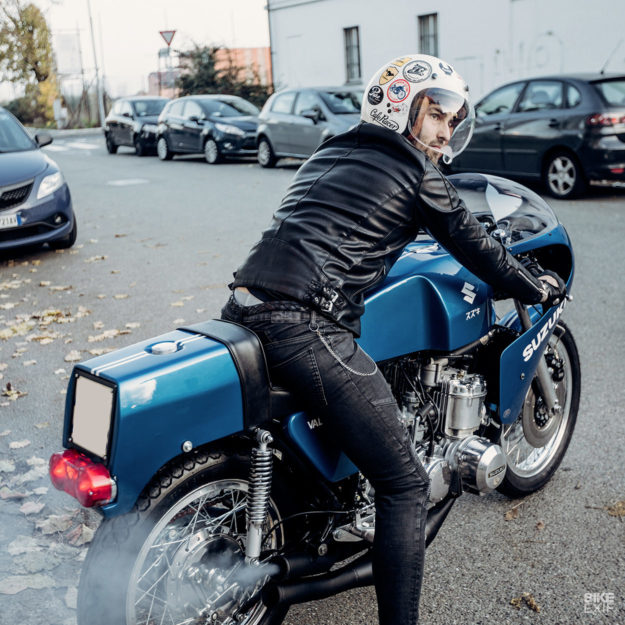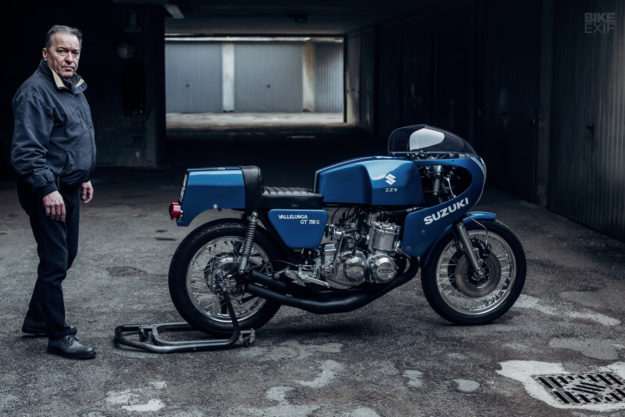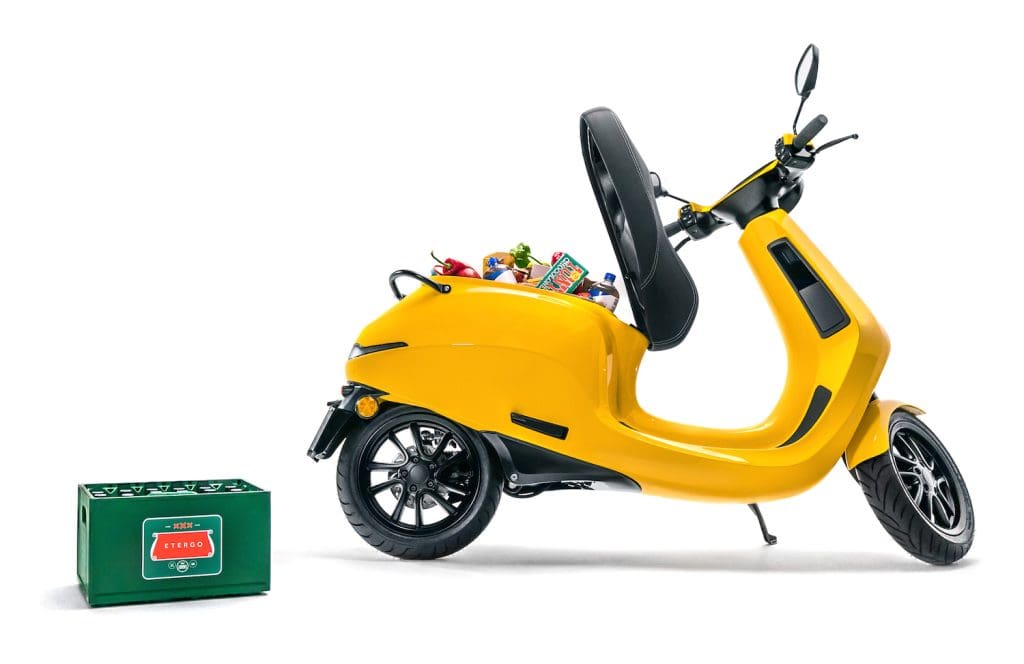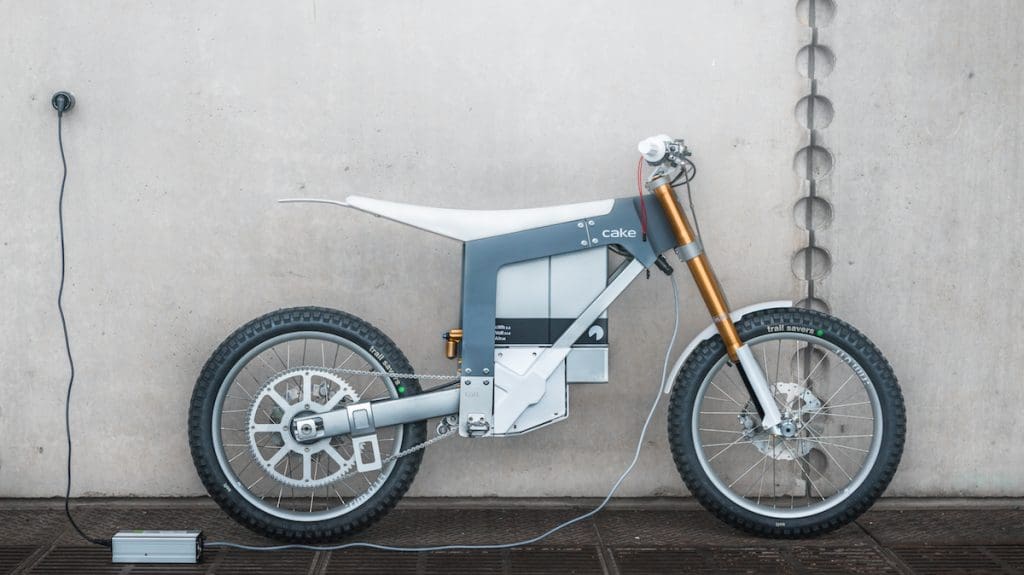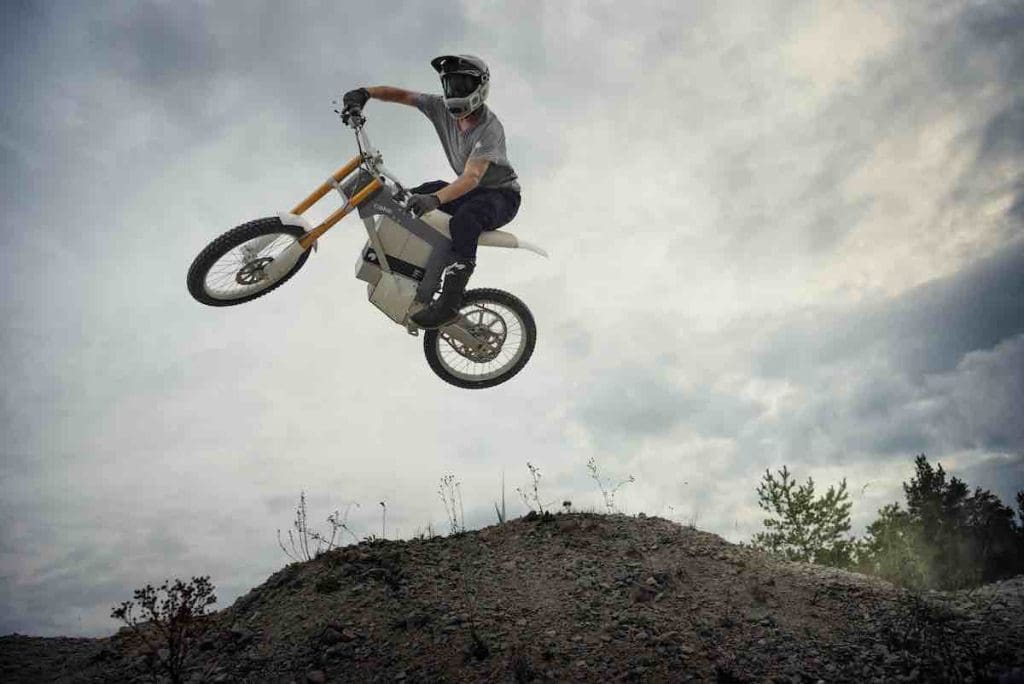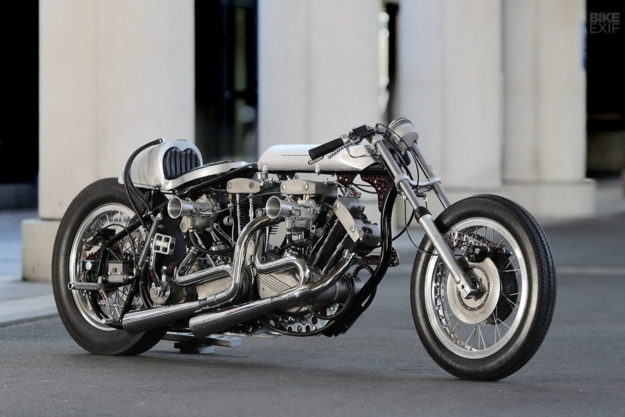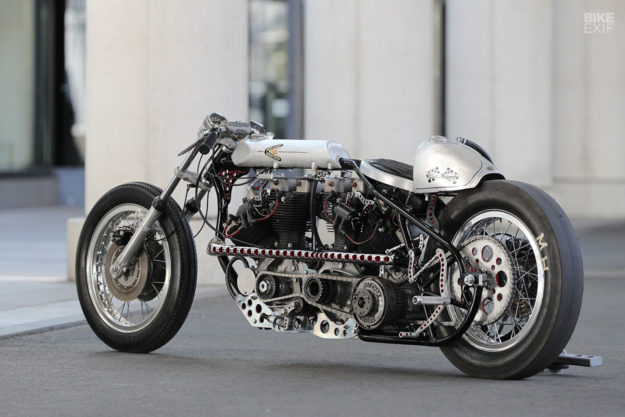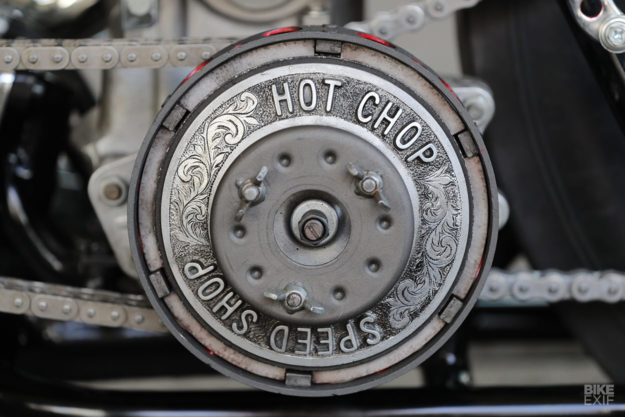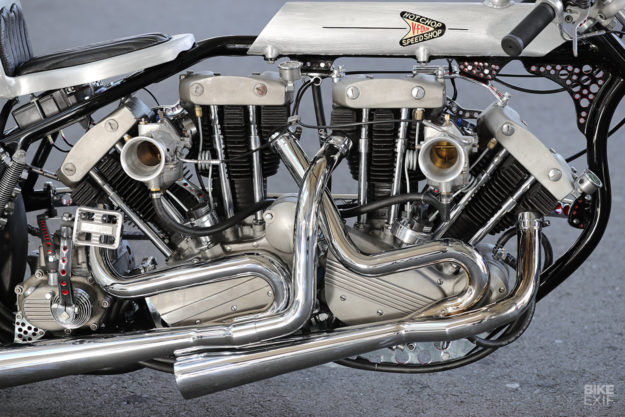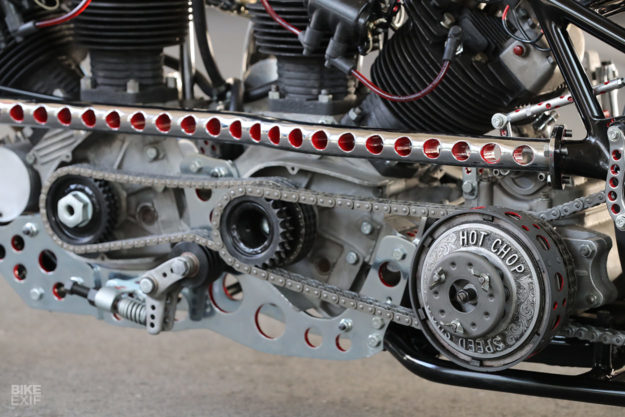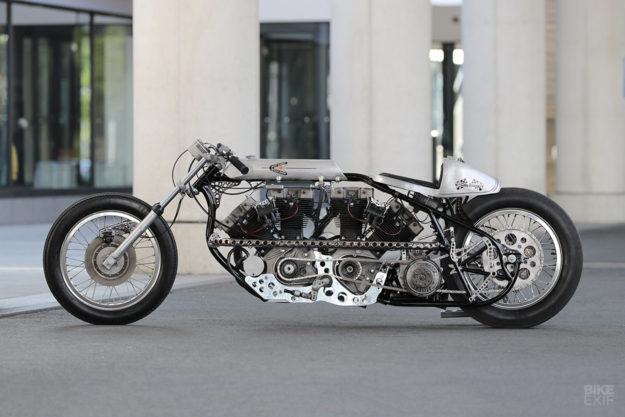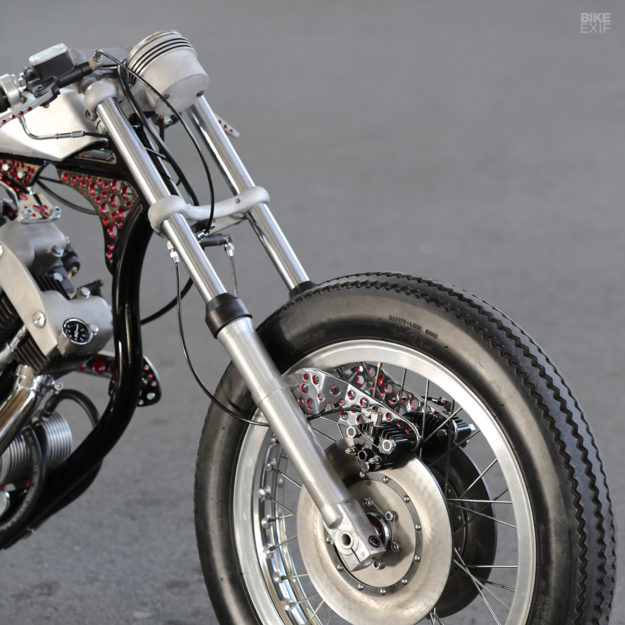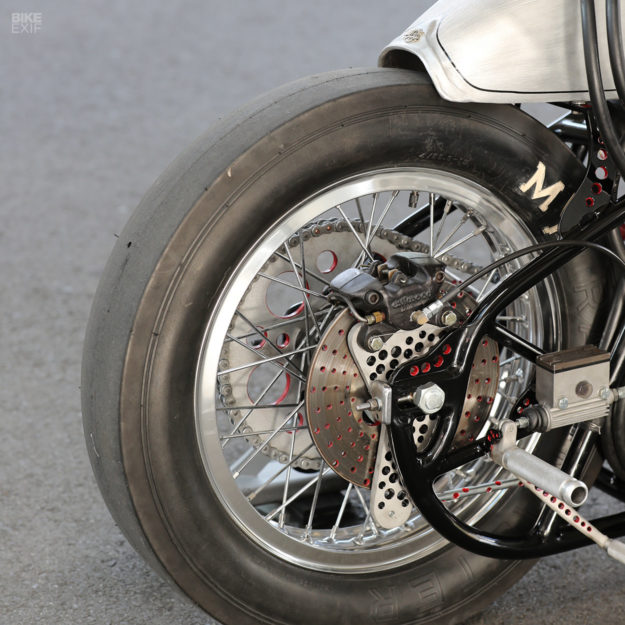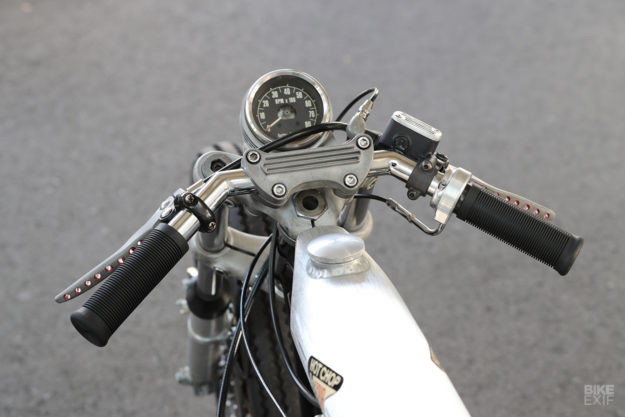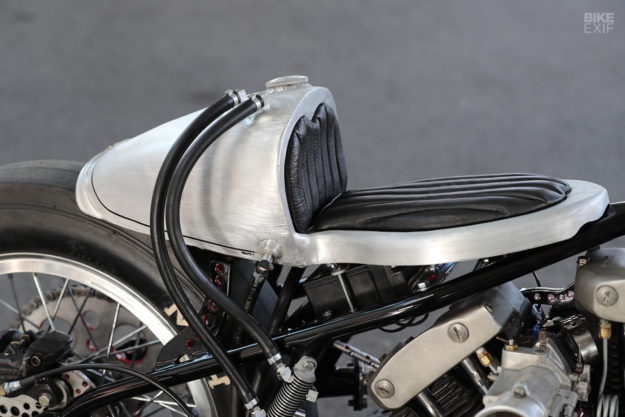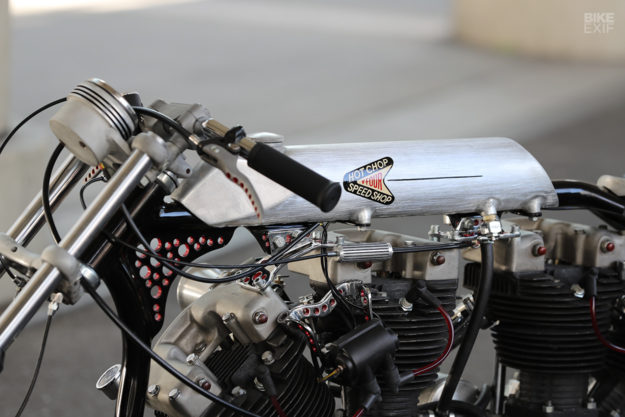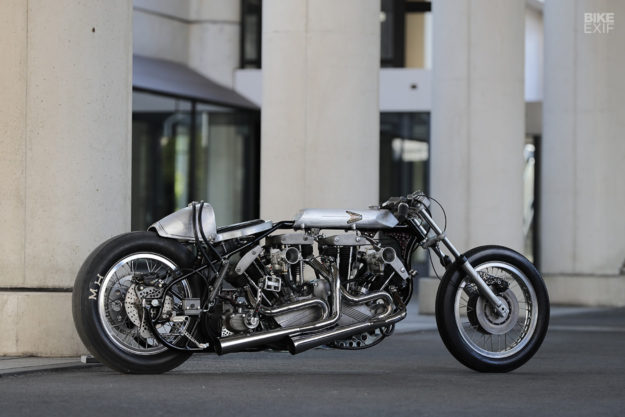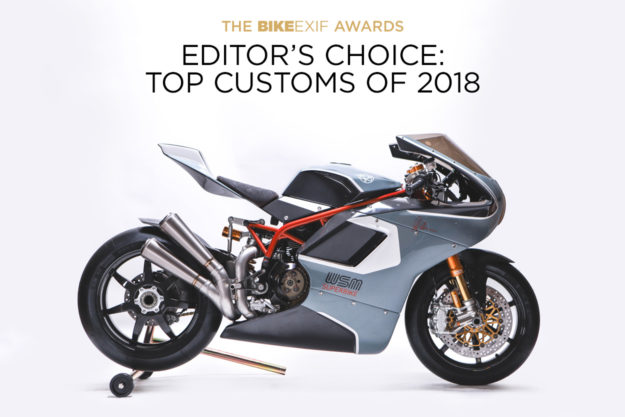
It’s that time of year when we throw the data out the window and pick our personal favorite customs of 2018. Our traditional Bike EXIF Top Ten is based on bikes that melted our servers—but these are the bikes that also melted our hearts.
There are a few ground rules: we only include bikes that we’ve written full features on (sorry, Bikes of the Week alumni). And we don’t feature more than one from a particular builder. We also exclude machines that have already popped up on our data-driven Top Ten; if we didn’t, Daniel Peter’s Yamaha SR500, Jackson Burrows’ Harley-Davidson Super 10 and K-Speed’s Honda Cub would easily have made the cut.
So here—in alphabetical order of builder—is this year’s Editor’s Choice.
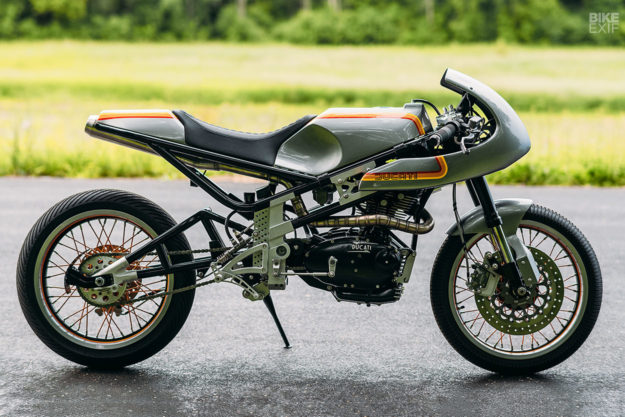
Ducati 250 by Analog Motorcycles This petite racer features the most exotic pairing we’ve ever seen: a vintage Ducati 250 motor, in a prototype Moto 3 chassis. The rest of the bike’s a harmonious mix of parts bin and handcrafted bits. And as you can see, the results are absolutely glorious.
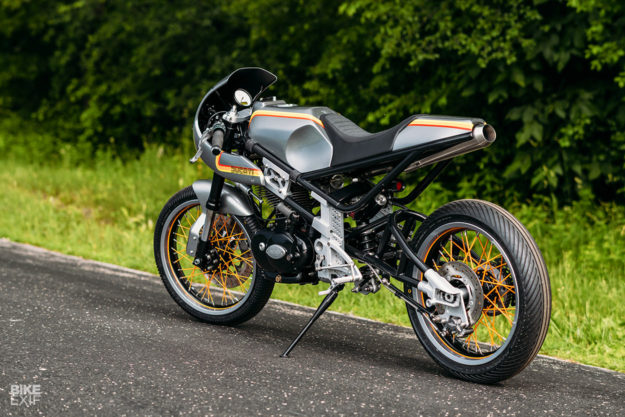
There’s one heck of a story behind the project too—from how it was conceived, to a tragedy that set it back by almost a year. (It’s worth clicking on ‘More’ to get the full story.) Analog’s Tony Prust has our utmost respect for forging ahead, and for building one of our favorite cafe racers of 2018. [More]
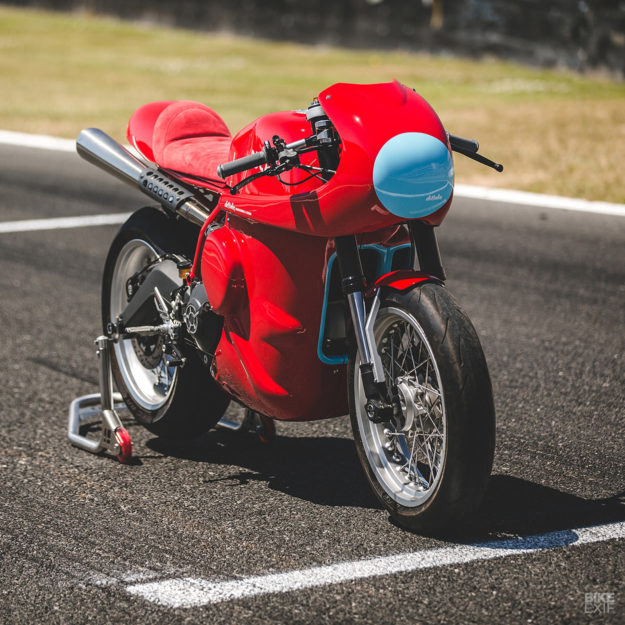
Ducati Scrambler by deBolex Engineering We’ve seen our share of shoddy craftsmanship masked by great photography. But when deBolex Engineering’s Calum Pryce-Tidd wheeled this stunning Ducati Scrambler onto the Bike EXIF stand at the Wildays festival, my jaw hit the floor. DeBolex well and truly are the real deal.

They masterfully transformed the Ducati Scrambler into a pure café racer, with a full complement of aluminum bodywork. Every last detail is on point; from the removable side panels, to the picture perfect paint and tasteful parts selection. It’s the cafe racer we wish Ducati had built. [More]
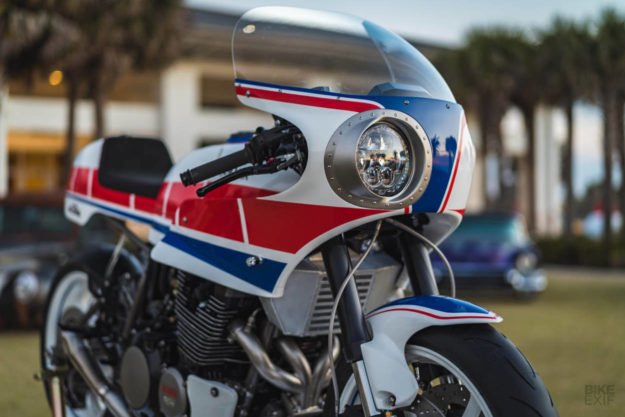
Yamaha XJ750 by Derek Kimes Meet ‘Turbo Maximus’—the bike that kicked us in the teeth with its 80s throwback styling and turbocharger. It’s the work of Derek Kimes, and at the time of publishing, it was the first and only bike he’d ever owned. Derek started working in Bryan Fuller’s shop part time while studying engineering, and this brutal superbike was the result.
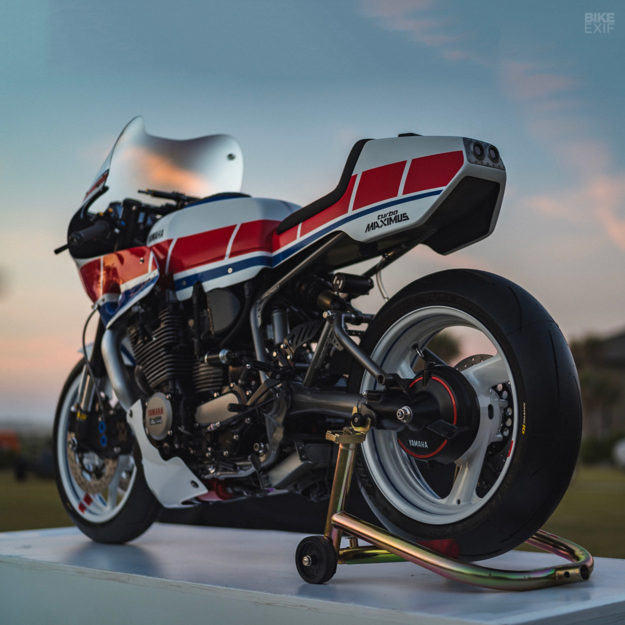
It’s arguably the most nuts-o bike we’ve featured this year. Among the mods are a XJ900 engine swap, a conversion to fuel injection and a very trick turbo setup. The chassis is well sorted too (keen eyes will spot a mono-shock out back), and that livery is just dreamy. [More]
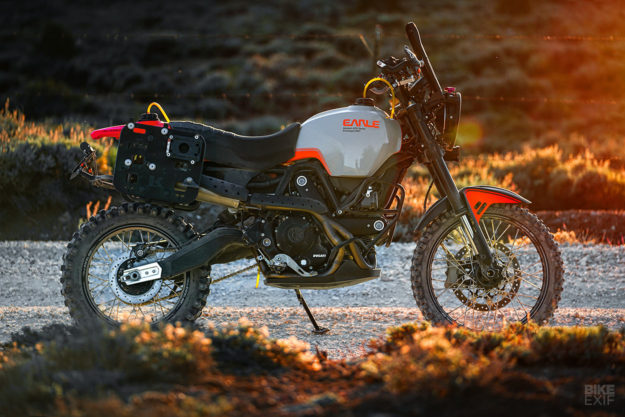
Ducati Scrambler Desert Sled by Earle Motors Automotive designer Alex Earle is someone worth keeping a close eye on. His Ducati Monster street tracker broke new ground three years ago, and this year he knocked it out the park again. This is ‘The Alaskan’—a Ducati Scrambler Desert Sled designed to excel off-road.
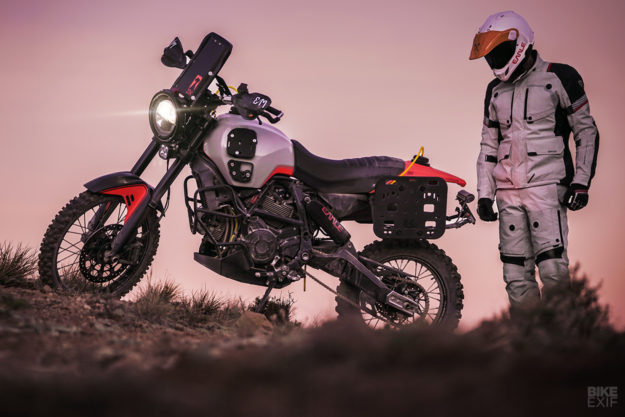
The focus here was on practicality—taller suspension, a lengthened swing arm, and a 21” front wheel with aggressive rubber. Alex also built new fuel tanks, and added luggage carrying capacity, a Kevlar skid plate and a blinding headlight. Then he took it across Alaska for two weeks… [More]
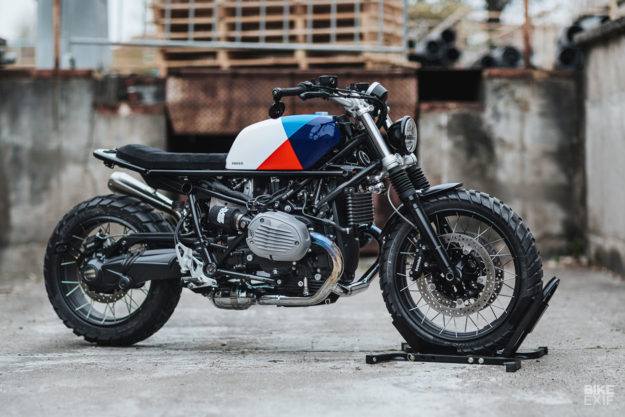
BMW R nineT by Hookie Co. Hookie Co.’s success lies in something that can’t be taught: they have a knack for building bikes that just look right. This sharp R nineT custom epitomizes that quality—it’s cohesive, perfectly proportioned and well constructed.
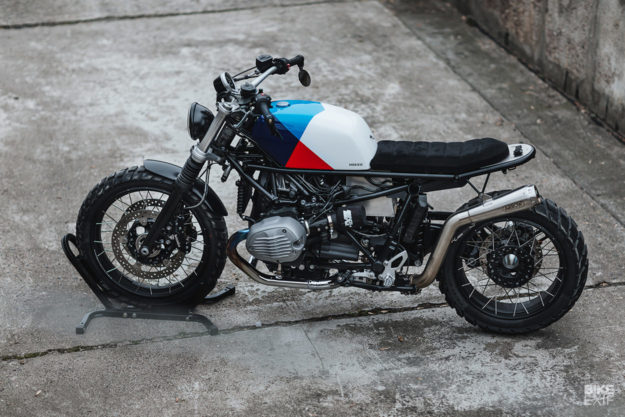
Hookie built the bike by designing a bolt-on kit, which they now sell. Highlights include a full-length bolt-on subframe, a fuel cell with an interchangeable carbon fiber cover, and a shortened seat, with a neat luggage strap out back. Best of all, anyone with a set of spanners (and enough headroom on their credit card) can replicate Hookie’s magic over a couple of beers on a weekend. [More]
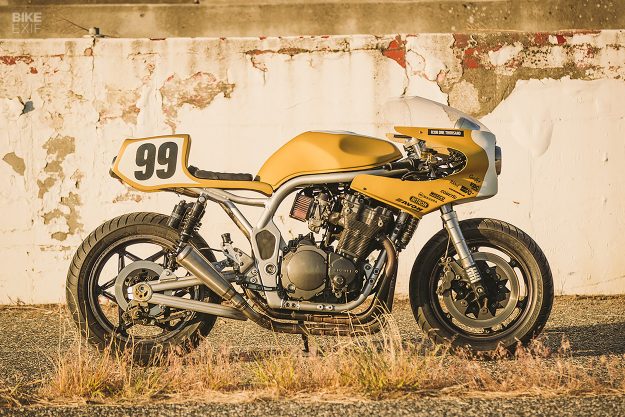
Suzuki Bandit by Icon 1000 The Portland crew are long-time supporters of Bike EXIF—but that’s not why they’re on the list. It’s because this gear company also regularly builds off-the-wall customs. This retro-fabulous Suzuki Bandit presses all our buttons, and it finished just outside the top ten on our stats-driven list.
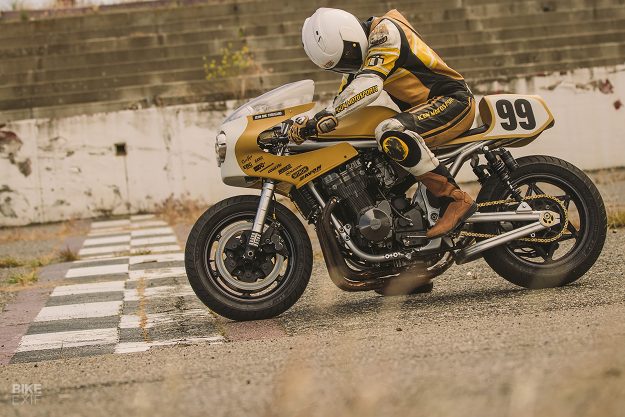
Dubbed ‘Colonel Butterscotch,’ Icon’s Bandit is sporting suspension and brake upgrades, a Kawasaki ZRX1200 aluminum-alloy swing arm and a sweet asymmetrical exhaust system. The bodywork hints at both 70s endurance racers and 80s superbikes, and is actually a second version— it all had to be rebuilt when the bike was binned during a shakedown test. Lucky for us, those Icon guys are stubborn. [More]
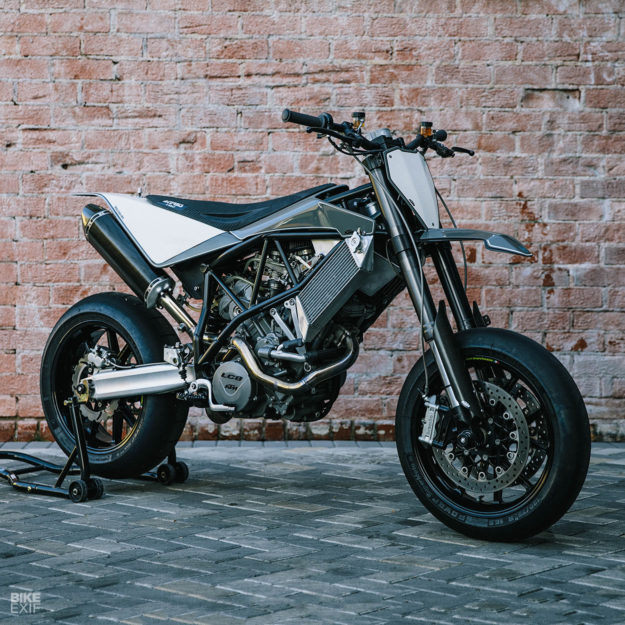
KTM LC8 by Max Hazan We only featured one bike from master builder Maxwell Hazan this year—and it was a far cry from his usual esoteric vibe. This one isn’t a museum-worthy masterpiece: it’s Max’s personal bike, a KTM 950 SM. It’s also sharp, looks like a ton of fun, and is hiding more craftsmanship than you’d think.

There’s hand-formed alloy bodywork throughout, including a new load-bearing fuel tank that also holds the electronics. Max also modified and fitted Marchesini wheels from a CBR1000, and relocated the rear shock mount to tweak the ride height. There’s even a lighting kit that can be fitted, making this the perfect track and street weapon. [More]
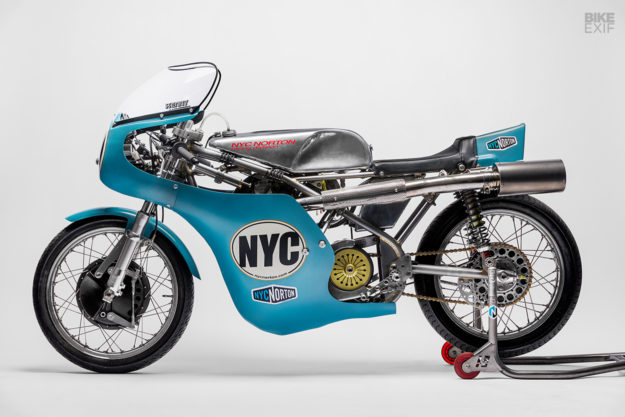
Seeley G50 by NYC Norton The allure of classic machinery is hard to beat, and this Seeley G50 is right up there with the best. It’s the work of NYC Norton, who built it specifically for the Custom Revolution exhibition at the Petersen Museum in LA.

NYC Norton pieced it together using a short-stroke replica Matchless Grand Prix motor from Minnovation Racing, and a Seeley MK2 chassis from Roger Titchmarsh. Look beyond the lively blue paint, and you’ll spot a long list of well-crafted details. And while this G50 is currently in race trim, it’ll be converted for road use in the future. [More]
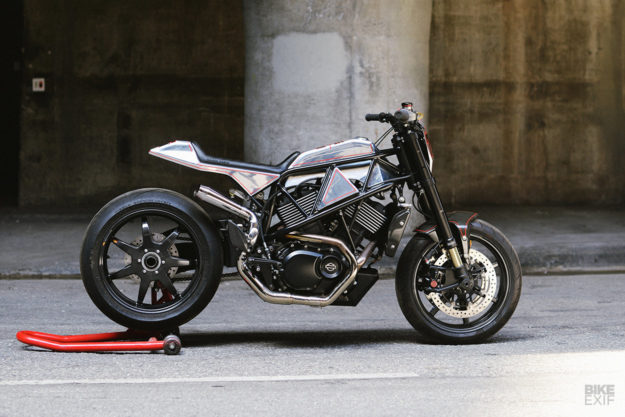
Harley-Davidson Street 750 by Suicide Machine Co. Aaron and Shaun Guardado are two of the most down-to-earth, hard-working dudes you’ll ever meet. They’re racers too, so every bike they build has a strong performance bend. This time around, they took Harley-Davidson’s rather vanilla Street 750, and turned it into a ripping street tracker.
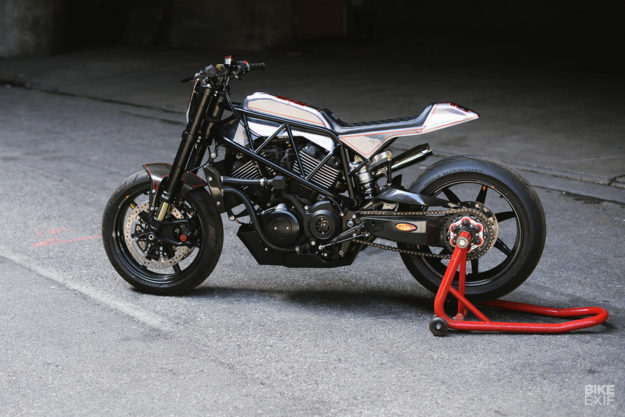
The brothers threw everything at this project. It’s sporting a one-off frame and bodywork, a carbon fiber swing arm, carbon fiber wheels from BST and Öhlins suspension. And it’s one of the sharpest Harley Street customs we’ve ever laid eyes on. [More]
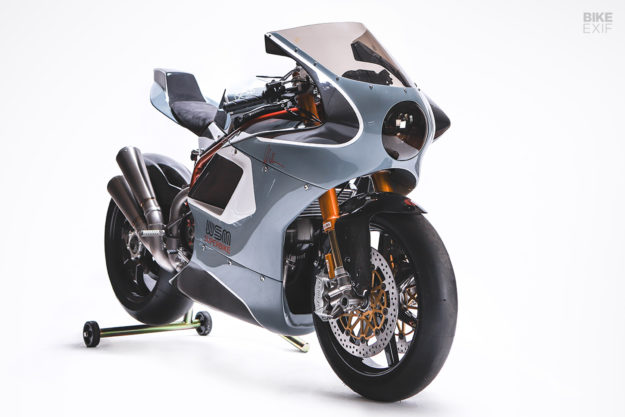
Ducati Superbike by Walt Siegl Mr. Siegl and his ridiculously talented team never fail to impress, but this year they outdid themselves. First, they built a Leggero that very nearly made it onto this list. But then they topped it with a superbike that looks like it was built by a factory race team.
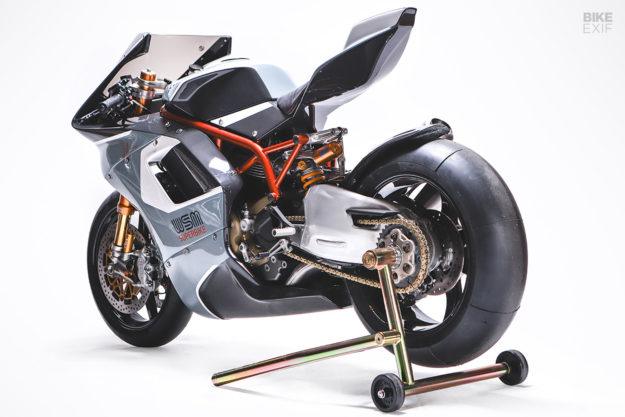
There’s so much here to love: from the custom frame that uses World SBK geometry, to the Bruce Meyers Performance-tuned hybrid motor. (Hop on over to the original article—the engine mods alone will make your head spin). This is no café racer; it’s a purebred race machine that blends classic design with modern tech. More, please.
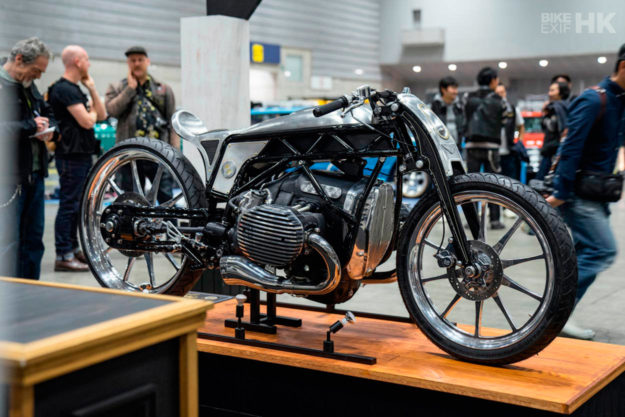
Honorable mention: BMW R18 by Custom Works Zon Since we highlighted this bike as part of our Yokohama Hot Rod Custom Show coverage, it doesn’t technically qualify for this list. But any bike that takes top honors at Mooneyes is worth consideration.
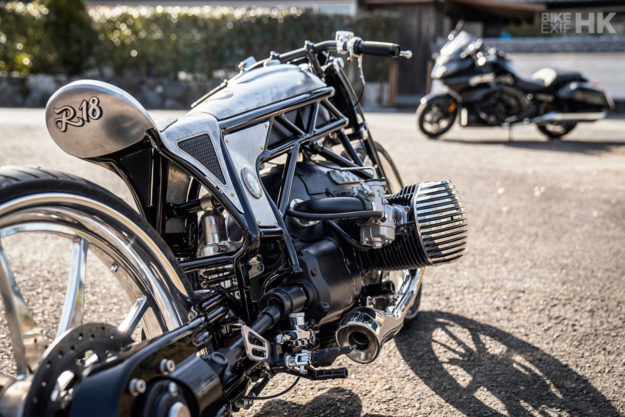
Plus, just look at it. Then consider that all the CW Zon team had to work with was a prototype drivetrain from BMW. The rest they built from scratch, resulting in the sleek—yet brutal—land speed racer you see before you. [More]
The best of the rest Narrowing our favorites down to just ten bikes is a painful (and almost impossible) task. Those that narrowly missed the cut include: Rno’s crazy Honda CBX 1000; Justin Webster’s de-scrambled Triumph Scrambler; Raccia’s classy Kawasaki ‘W1R’; Revival Cycles’ nod to the legendary Majestic; a Ducati flat tracker from Lloyd Brothers, and Smoked Garage’s off-the-wall Royal Enfield Himalayan (below).
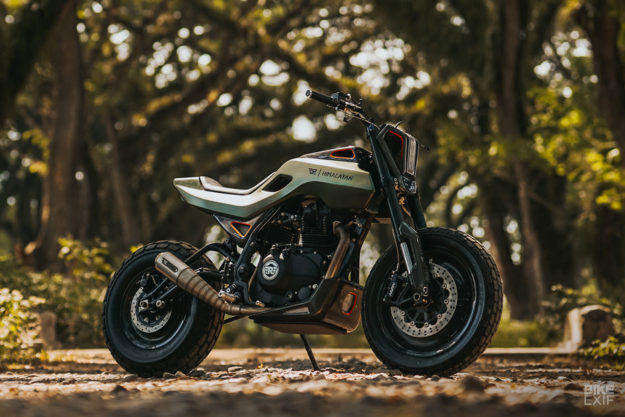
Thanks to these builders for wowing us, and for giving us great content to share with our readers. Go ahead and dive into the comments to tell us if your favorites made it onto the list—or what you would have picked instead.
